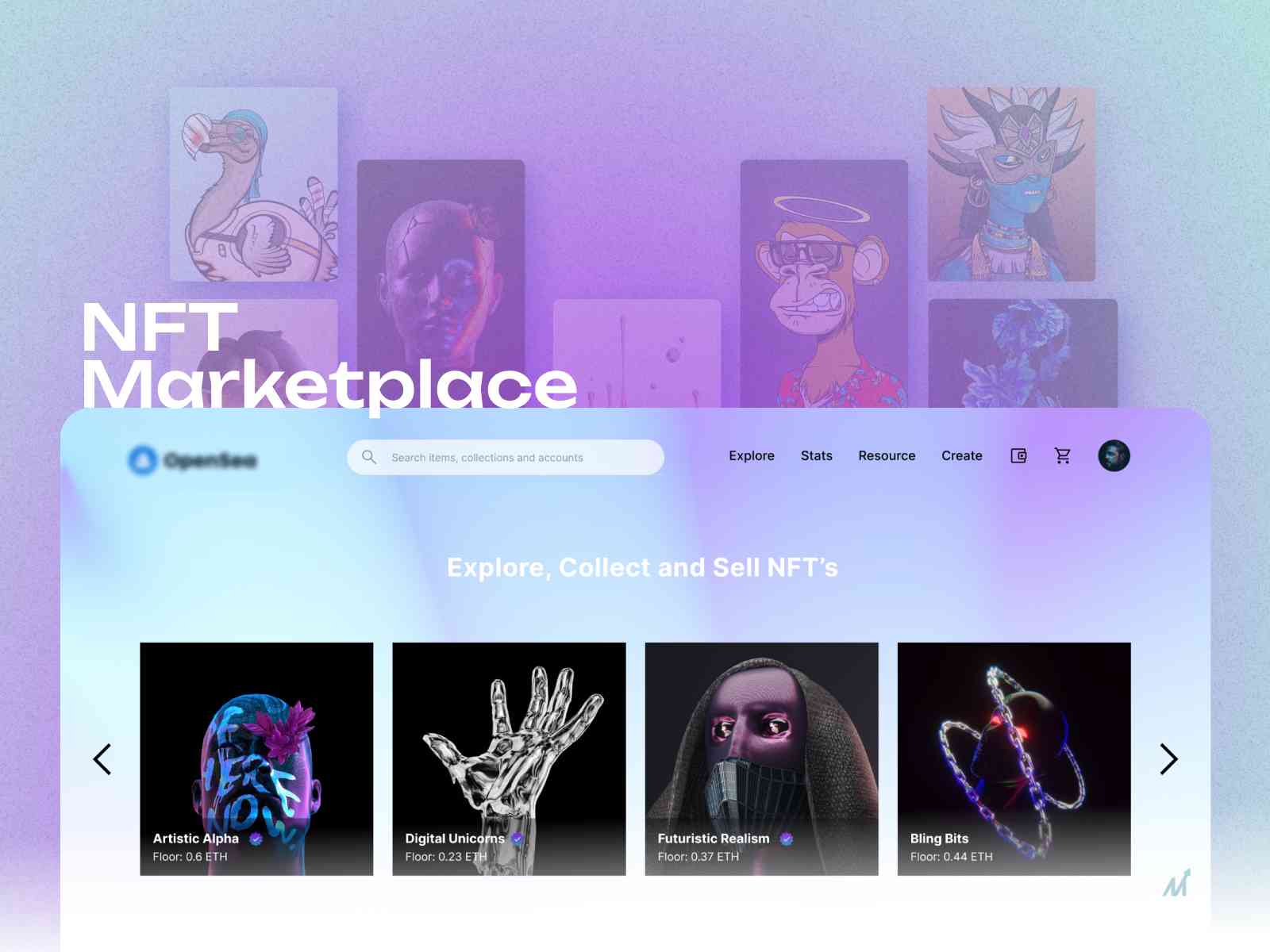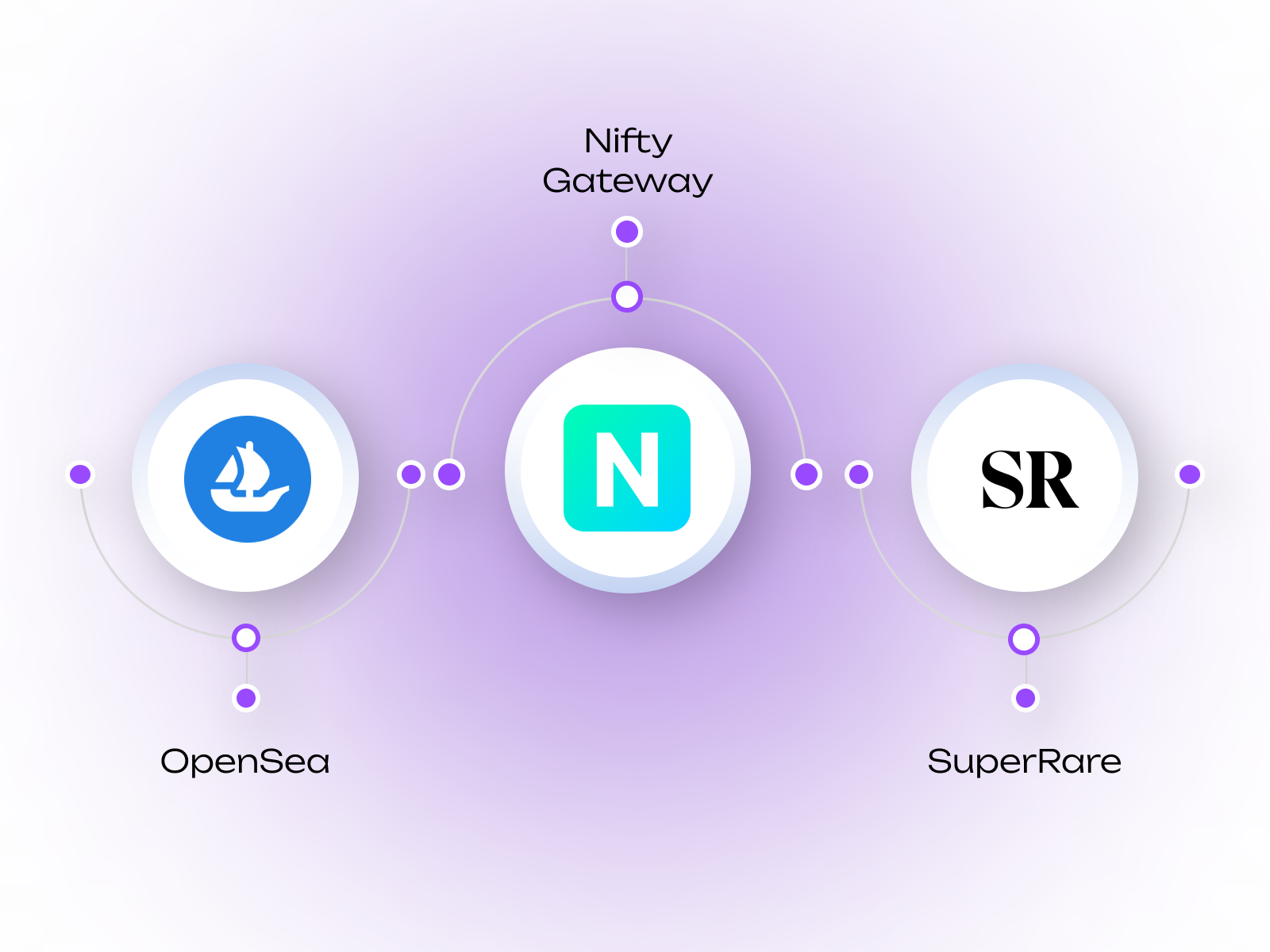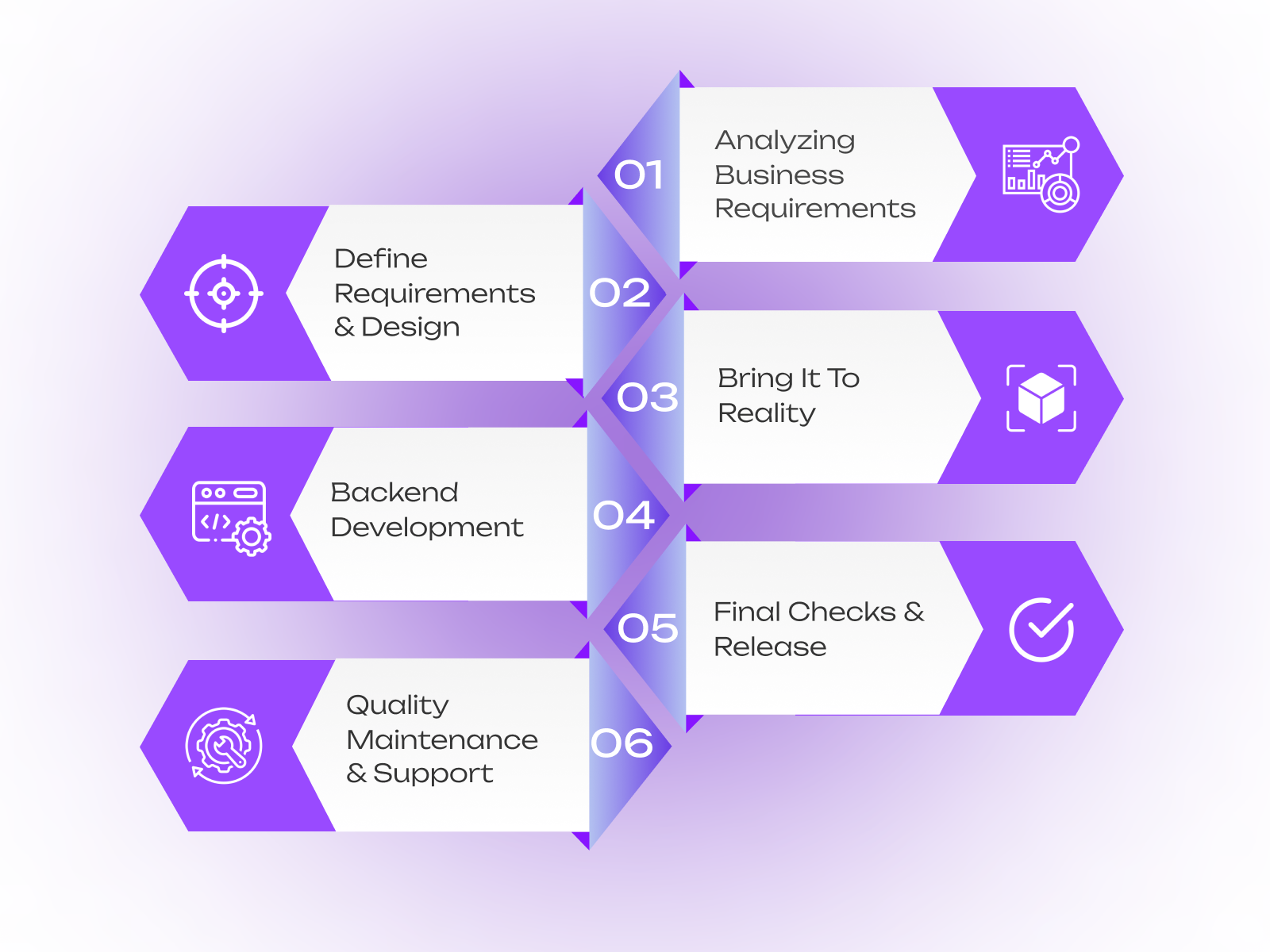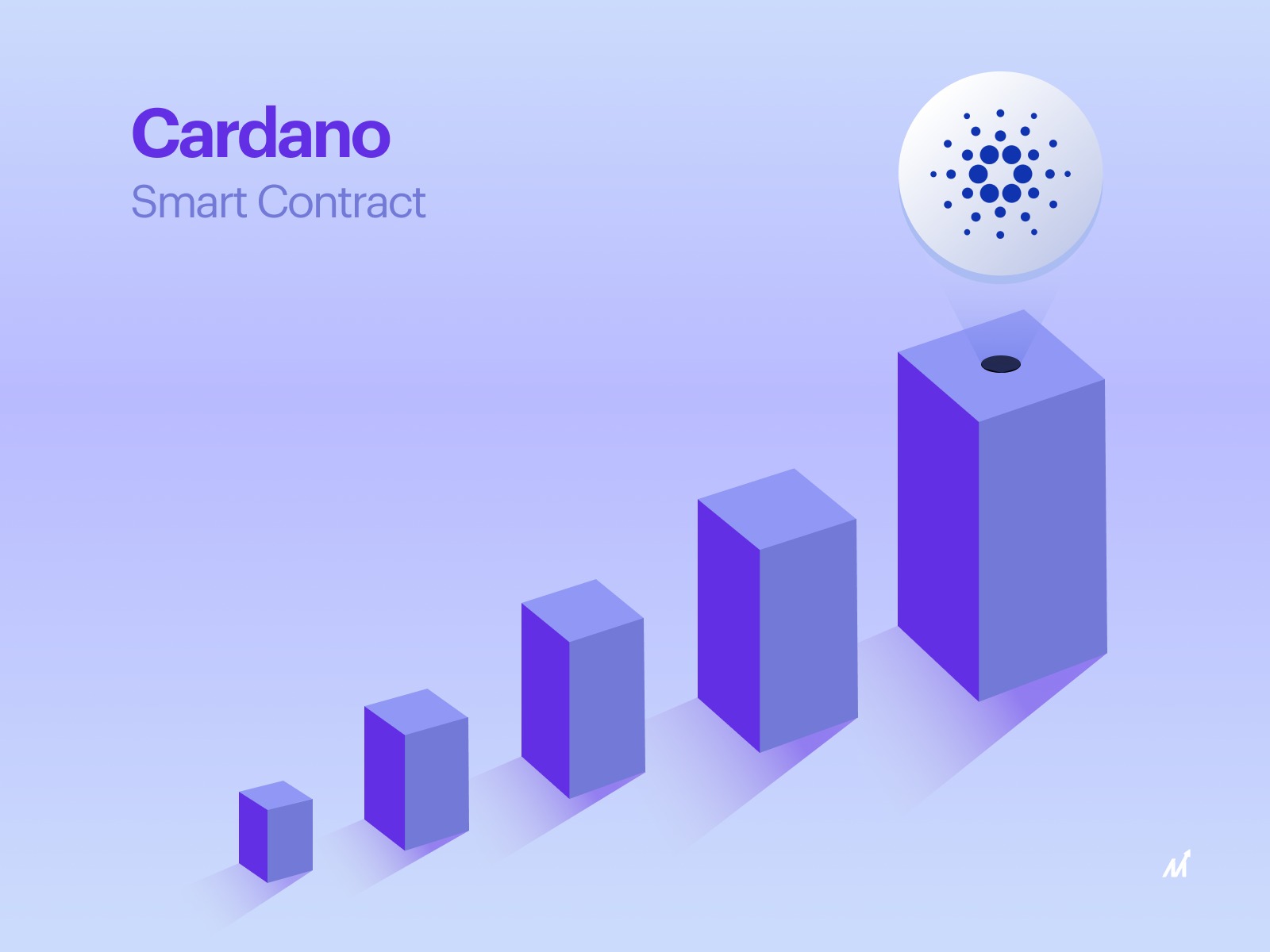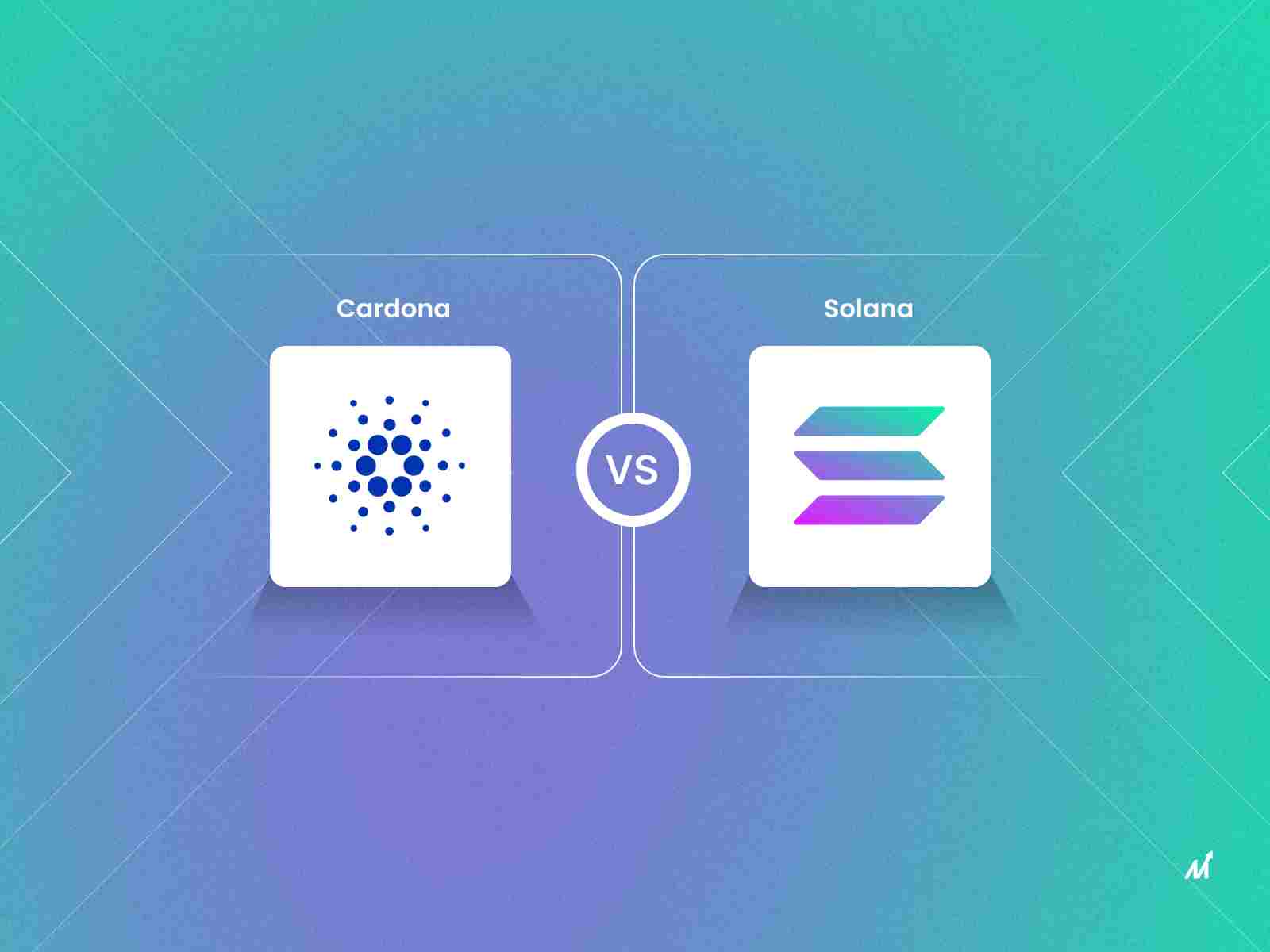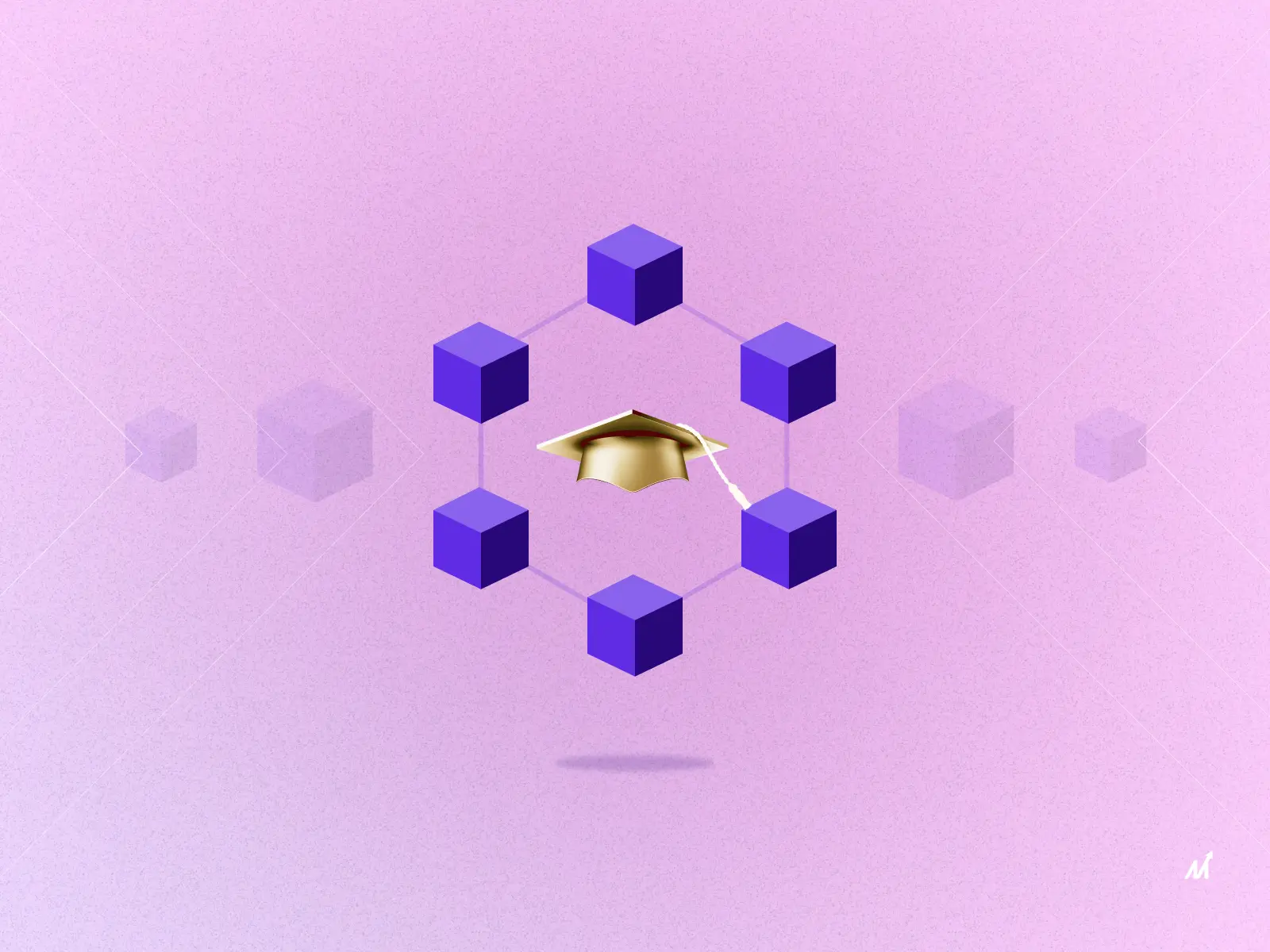NFT Marketplace Development: Stats & Facts
NFT marketplace development is smart because the non-fungible token market has enormous potential. From 2021 to 2026, the market is projected to grow at a 35% annual rate, reaching $147 billion.
NFT is already a well-known phenomenon. The expansion of the influencer community, the introduction of new gaming communities, and the rise in popularity of digital art all contribute to this tendency. With several NFT markets currently available, this segment can be time-consuming and challenging. With an experienced team, businesses can easily create a unique, cost-effective platform to reach new consumers.
These unique NFT statistics are important to know:
-
In America, 23% of millennials are NFT collectors
-
On the OpenSea platform, about 2,50,000 people trade NFTs each month
Further Read: Comprehensive Business Guide For All Your Blockchain App Development Needs
NFT Marketplace Development Overview & How Does It Work?
A digital asset known as an NFT (Non-fungible Token) enables users to possess distinctive digital products or pieces of content, including tweets, videos, artwork, photos, and other media types. Such a token is built on the Ethereum or Cardano Blockchain technology, which is also utilized by conventional cryptocurrencies like Bitcoin, Ethereum, and Tether.
NFT Marketplace apps have been developed to facilitate the provision, considering the future of this field and the quick popularity it has attained within a few years of its launch. These apps help users to gain access to the marketplace quickly and buy/sell NFTs with just a few clicks.
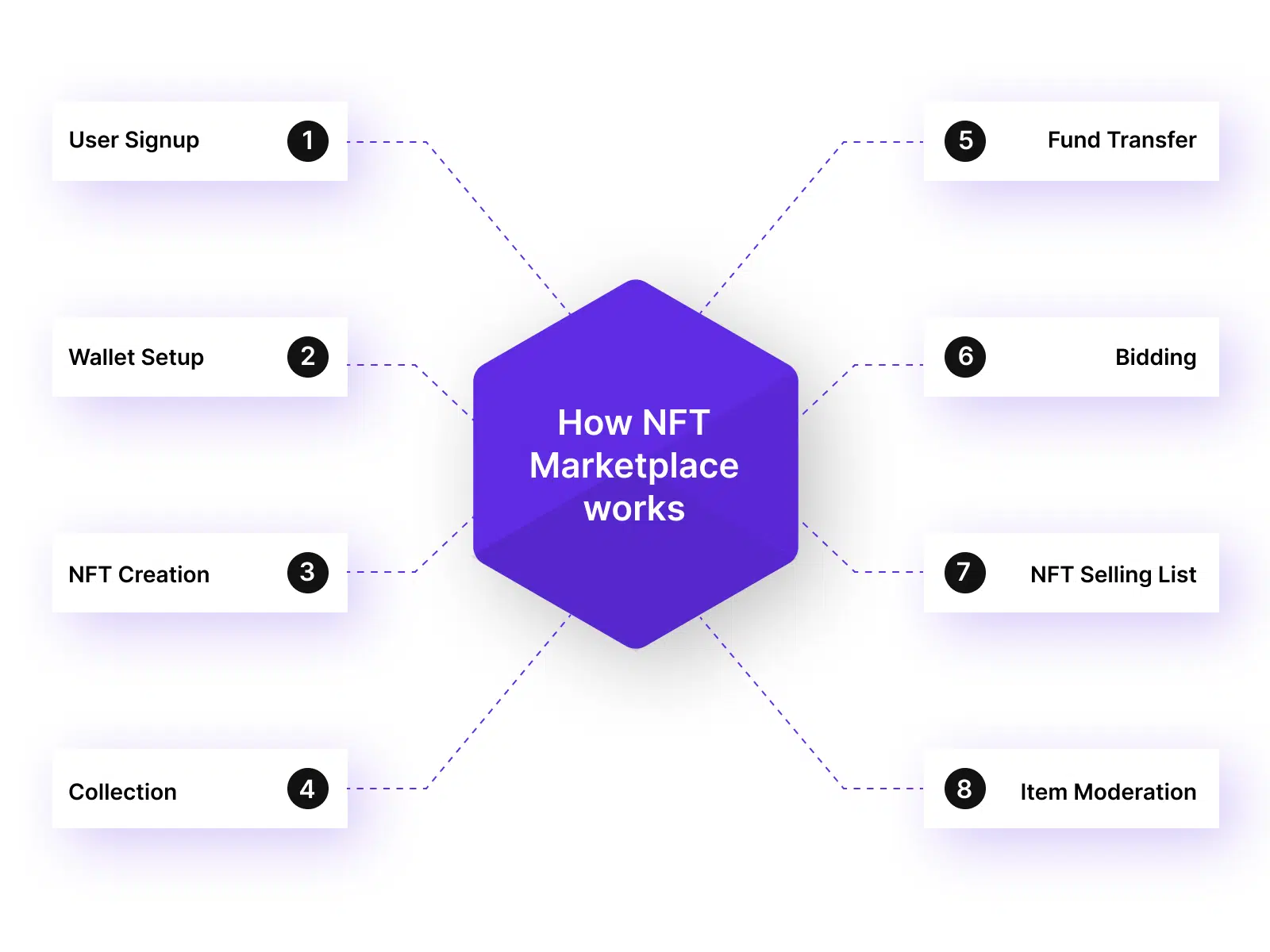
To use an NFT Marketplace, users must sign up and create a digital wallet by entering their details. This is necessary to make or receive any transaction. The users can then browse the platform if they want to buy an asset or upload their work to create their assets, which can be sold.
For buying, the users can either pay the quoted price by the token owner or negotiate it. Auctions are also quite common, where the highest bid gets the NFT.
If users want to sell their creations, they need to set the form of payment tokens in which they wish to receive the return and then list their assets. Then, they can choose a fixed price or give it up for auction. Once NFT is approved, it is put up for sale. The transaction between the seller and buyer is completed once the former accepts the bid and is sealed through a smart contract.
Popular NFT Marketplaces: Examples
The most reputable NFT markets are used by millions of users worldwide. Let’s take a closer look at these popular and profitable NFT websites.
1. OpenSea
When it comes to NFTs, OpenSea is comparable to Amazon or eBay. With more than 120 million monthly website views, it is the first, biggest, and most well-known NFT marketplace. Users can find all kinds of NFTs on this site, including pictures, art, films, and more. More than 80 million NFTs and around 20 million collections are available on OpenSea.
2. Nifty Gateway
This marketplace is well-known for its digital art auctions, which have successfully sold some of the most costly NFTs to date. Several prominent digital artists, including Beeple and Cryptokitties, also market their creations on Nifty Gateway.
3. SuperRare
One of the most well-known examples of NFT platforms that are specialized in a particular market is SuperRare. The vast majority of the assets are original digital works of art. A small number of well-known NFT artists produced these single-addition NFTs.
NFT Marketplace Development – Features That You Can’t-Miss
Some features are necessary for every active NFT Marketplace to make the user experience better and the backend smoother:
1. Storefront
This acts as the front, which displays almost all the information the user might like to know, be it the range of items, bids, owners, or in some cases, the intelligent contracts proving the authenticity of the NFT. Therefore, it must be attractive and unique and provide adequate information for each file.
2. Filters
This helps the user narrow down and select the NFT they are interested in. Filters allow the sorting of thousands of NFTs based on rarity, owner, category, or price.
3. Listing
Listings help the user to interact with the NFTs, either the buyer or the seller. It should display all the relevant details such as title, price, description as well as the current status of the work. It gives users the ability to choose NFTs for purchasing and selling.
4. Buying & Selling
There are various mechanisms, such as timed auctions and non-negotiable prices, for allowing transactions between buyers and sellers. This is heavier on the backend than traditional payment gateways and involves intelligent contracts. This feature must be very efficient in providing a simple and sophisticated model, which makes bidding easier.
5. Wallets
Digital wallets are very integral for both buyers and sellers. This component stores and transfers non-fungible tokens and cryptocurrencies into the platform. Security becomes an essential factor here while dealing with crypto wallets.
NFT Marketplace Development: 6 Crucial Steps
1. Analyzing Business Requirements
One needs to ensure that it’s evident to the developers what businesses are planning on building and how they will execute it. It’s essential to develop a blueprint and go over an overview to decide what they will create. While creating an NFT Marketplace app, factors such as blockchain technology to be used, what will make it stand out concerning others, and how to plan out on carrying out transactions must also be considered.
2. Define Requirements & Design
Once the basic framework is created, businesses need to start working on it. First, create a basic wireframe, considering all the UI/UX design elements. It should be easy to use and simple yet attractive. Then, build a basic prototype with minimal features to analyze the workflow, how the app functions, and what changes will be made.
3. Bring It To Reality
It’s now clear what businesses have to work on. Start working on the front end to provide users with the best look and feel. Look for frameworks that meet both technical and business requirements. Try hiring skilled developers with a good knowledge of this subject to help save time and work on the betterment of the whole app.
4. Backend Development
The backend development is the complicated part requiring Blockchain Technology integration. It involves dApps, or intelligent contracts developments which would finally help to process and record the whole transaction. All of these might have different technical specifications.
5. Final Checks & Release
For debugging and ensuring that the whole app is fully functional before deployment, it is essential to run it through various tests and fix any errors which crop up. It ensures that the user experience is seamless and the quality is top-notch.
The app is then released in iterations or through continuous development methods. The project is finally live!
6. Quality Maintenance & Support
After the release, the team needs to ensure that the app runs smoothly and work on errors provided by user feedback. Good support post-launch is the key to success for the app’s longevity. It’s also essential to develop updates and features that further increase the marketplace’s functionality and help spread its word.
Build An NFT Marketplace With Markovate
It’s no surprise that even though NFT Marketplace Apps are the next “in” thing, they require expertise and resources that might not be readily available. Most businesses thus prefer hiring NFT developers for this service due to their skills, efficiency, and the immense number of features they bring to the table.
The NFT buzz is still going strong. Even so, NFT trading is not a recent development in the market. It has been operating for a while and has recently started increasing. Instead, more and more people, businesses, celebrities, and entrepreneurs are becoming interested in this sector as they consider creating a personalized and distinctive NFT marketplace to compete in this game. The contribution of NFTs to digital assets is enormous. There is no better time than now to dive into the NFT sea and establish your reputation.
For the past few years, Markovate has been a marketplace for blockchain and NFT. With a team of skilled developers, we are one of the first companies to move forward. Our experience in all facets of blockchain technology is proven by the completed projects we have worked on.
Contact us today, and we’ll work with you to develop a magnificent and original NFT marketplace.
NFT Marketplace Development: FAQs
1. How long does it take to develop an NFT Marketplace?
An NFT marketplace can take 60-80 days for end-to-end development, which might differ per the business requirement.
2. Why do I need to hire an NFT developer?
Hiring an NFT developer is necessary as they have a good grasp of Blockchain, provide a unique and creative spin to the asset, and are skilled in developing projects involving NFTs.
3. What is the most popular NFT platform?
OpenSea, founded in 2017, is the most popular and active NFT platform to date, having a wide range of NFTs and crypto-collectibles along with more than 150 forms of payment tokens.

